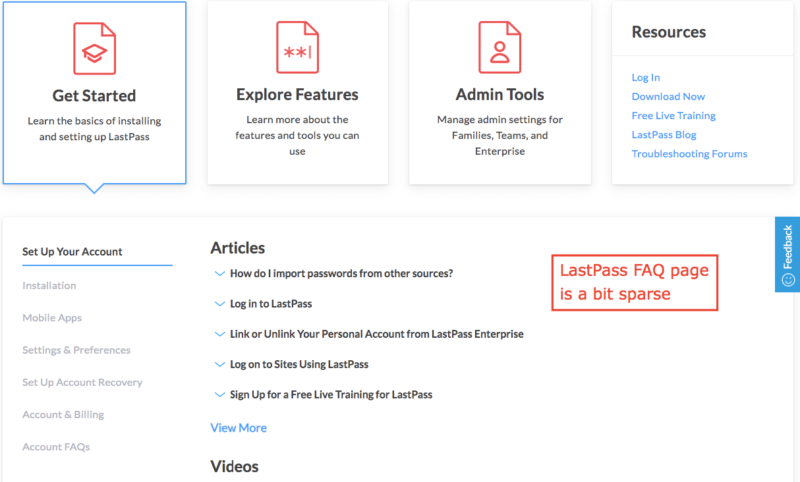


That means a free user can only access their account from either a laptop/desktop computer or a smartphone/tablet. On March 16, 2021, LastPass changed its free accounts by restricting a user’s passwords and data to just one type of device. The good news is that this means while hackers do have your account data, they do not have the key used to unlock it, your “Master Password.” However, this does mean that the rest of your data is only as secure as your Master Password was.įor most folks, the safest thing to do following this breach will be to change the passwords on many – if not all – of their accounts stored on LastPass. The breach gave the hackers access to customer vaults, but with encryption still turned on thankfully. When it comes to password manager security, this is essentially a worst case scenario. On December 22, 2022, LastPass announced that a major security breach had managed to expose the password vaults of users. Major LastPass security breach exposes password vaults There’s never been a better time to move to another password manager, so here are a few tips on how to do so switch from LastPass and export all of your passwords. After first tightening down free accounts in 2021, LastPass has now confirmed a major security breach that led to hackers getting their hands on password vaults.


 0 kommentar(er)
0 kommentar(er)
